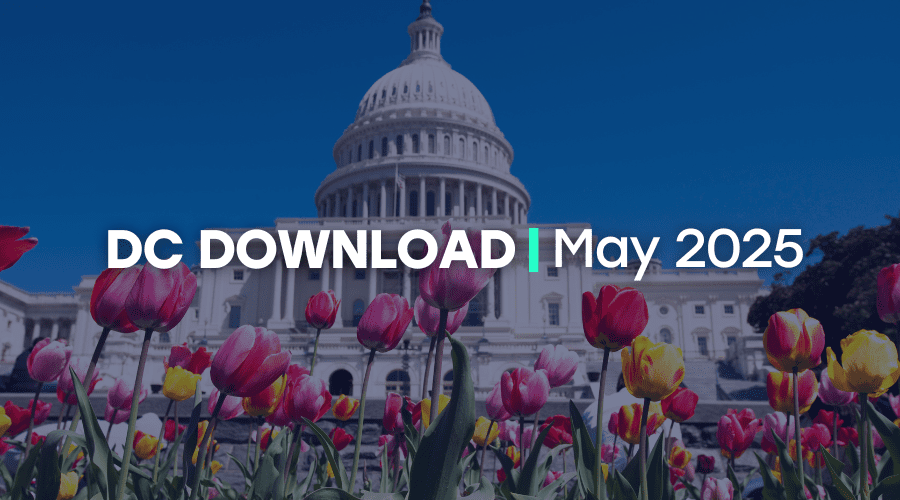Research helps us gauge society’s overall health and understand the charitable community’s vital role in improving lives and our communities.
Since our February roundup of research, there’s already been a robust crop of new insightful data and analyses spanning issues like racial equity, nonprofit governance, and more. Here’s an overview of the newest research that caught our attention.
Systematic Inequality: How America’s Structural Racism Helped Create the Black-White Wealth Gap
Families and individuals rely on wealth—the measure of their total net worth—to cover some of the unforeseen costs that their income might not cover. Job transitions, relocation, and personal emergencies are common transitions that families often rely on wealth to get through. Wealth is an important piece of the racial equity conversation that’s easy to conflate with the issue of income disparity across racial lines. But a new report by the Center for American Progress shows how the wealth gap specifically—which was already wide before the Great Recession of 2010—has only widened since.
More on the report:
• Report finds racial wealth gap hasn’t recovered to pre-Great Recession levels
The Golden State Difference
The Golden State is often held up as the gold standard when it comes to inclusive practices. However, a report released in February by the Building Movement Project (BMP) found that despite having a larger percentage of nonprofits led by people of color than the national average, California still lags in reflecting its population and service communities’ overall diversity in its nonprofit leadership. The Building Movement Project’s California-specific report on the racial leadership gap is the first drilldown on their national snapshot released by in July 2017. For more about the national-level Race to Lead report, check out our Q&A with BMP’s Sean Thomas-Breitfeld.
More on the report:
• California’s Nonprofits Still Not Quite Diverse, Despite Leading the Nation
Making Founder Successions Work
For years, the prevailing wisdom on how to transition an organizational founder out of an executive role was summarized in two words: Clean break. New research by Bridgespan pushes back against the conventional notion. Bridgespan’s key takeaways from the research, published last month, suggest that the benefits of keeping founders involved in an organization’s leadership transition are well worth the effort and complexity to pull it off. As one case study of an effective founder transition, Bridgespan enlisted Communities in Schools Founder Bill Milliken, and his immediate successor, Dan Cardinali—now President and CEO at Independent Sector.
More on the report:
• Cardinali Discusses Succeeding CIS Founder for Bridgespan Research
Healing Our Divided Society: Investing in America Fifty Years after the Kerner Report
In 1968, a commission appointed by then-President Lyndon B. Johnson was tasked with investigating America’s racial divide. The findings, documented in what came to be known as the Kerner Commission Report (or just the Kerner Report), were disheartening to say the least. Fifty years after the landmark report on structural racism in America, a group of researchers—including the last surviving member of the Kerner Commission—have released a follow-up report outlining evidence-based policies to reduce abiding poverty, inequality, and racial injustice.
Recently, three members of our staff had the opportunity to travel to Baltimore to attend a satellite event of a conference that commemorated the 50-year anniversary of the Kerner Report by inviting experts to lay out ways to advance equity. Check out our colleague’s recap.
More on the report:
• 50 Years After a Landmark Report on Race, Inequality Remains Entrenched
The Prevalence of ACEs, Nationally, by State, and by Race or Ethnicity
Last month’s school shooting in Parkland, Florida is a timely reminder of the psychological challenges that follow exposure to traumatic violence. The short- and long-term effects of trauma on young people are well-documented. And although school shootings are comparatively rare in the greater context of trauma experienced by young Americans, the phenomenon is one of many that can cause lasting psychological damage. A new study by the nonprofit research group Child Trends indexes the prevalence of adverse childhood experiences (ACEs) in our country, and also disaggregates the data to show the racial and geographic distribution of childhood trauma.
More on the report:
• Where American Kids Are In Crisis
Annual Disability Statistics Compendium
This year’s Annual Disability Statistics Compendium included both some heartening statistics, as well as persistent opportunity gaps for people with disabilities. In an analysis of the compendium, Respectability—a group that works to empower and increase opportunities for people with disabilities—found that the number of people with disabilities who entered the U.S. workforce in 2016 was up four times from the previous year. Despite entering the workforce in record numbers, the disability community still faces persistent barriers to employment. For example, inclusion rates vary quite drastically from state to state, and only a third of the overall number of aspiring workers are able to find jobs.
More on the report:
• People With Disabilities Are Finding More Work, But There’s a Long Way to Go
Engaging New Voters
Nonprofit VOTE’s new Engaging New Voters report has some heartening news for nonprofits when it comes to inciting democratic participation. Namely, Americans under the age of 30 across gender and racial identifications were more likely to register to vote and pledge to turn out on Election Day when they had contact with a community-based organization ahead of state registration deadlines. The report also suggests that nonprofits are uniquely poised to reach some of the communities who are typically overlooked in the political conversation. Compared to voter engagement efforts overall, voters reached by nonprofits are 1.6 times more likely to be Black, and 2.1 times more likely to be Latinx.
Add Your Voice
The research summaries above are by no means an exhaustive list of the newest information out there to help us better understand the nonprofit landscape. So if we missed a report you think we should know and share about, let us know by leaving a comment!



